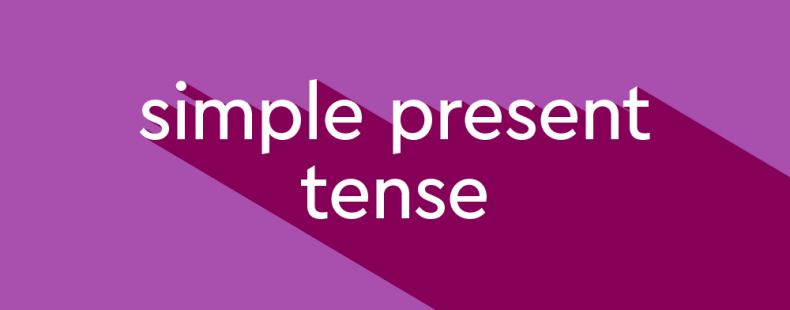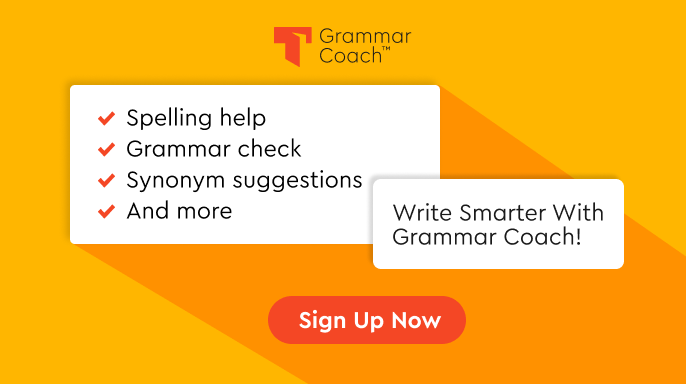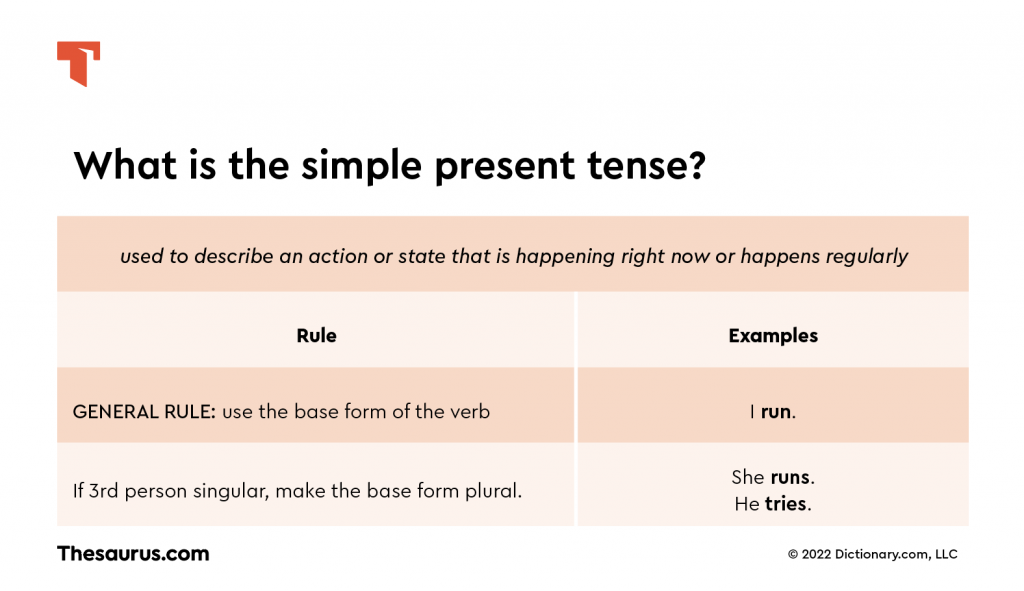Verbs are tricky words, so there is no time like the present to learn about them! We are going to teach you how to use verbs to describe actions happening right now. Don’t worry. You are smart. We believe in you. All of the verbs in the past few sentences have something in common: they are all in the simple present tense. Let’s live for the moment and learn more about what exactly this is right now.
What is simple present tense?
In grammar, verbs are words used to refer to actions or states. In English, verbs can be used in 12 different types of verb tenses. The tense of a verb, in general terms, tells you at what period of time something happens. The verb tense we are going to focus on right now is the simple present tense. Appropriately enough, verbs in the simple present tense refer to an action that is happening right now. In the sentence The cat sleeps, the verb sleeps is in the simple present tense. The cat is performing that action right now (so don’t wake her up!).
When do you use simple present tense?
In general, we use simple present tense for two main reasons:
1. We use simple present tense when describing an action or state that is happening right now.
For example, the sentence The airplane flies means, typically, that the airplane is flying right now as we speak.
As another example, the sentence The cheese smells like a garbage dump is describing the cheese being in a stinky state that is happening right now in this moment.
When using verbs this way, it is common to use stative verbs in the simple present tense. Stative verbs are verbs that refer to states rather than actions as in This music sounds terrible. Generally, nonstative verbs are used in the simple present tense when a person is telling a story or writing a narrative. For example, a friend might tell you a story like this:
Picture this: I am at the concert. Music plays. People dance. Everything is great. Suddenly, it rains. I am wearing my nice shirt. I run for cover. It is a close call.
However, we do often use both stative and nonstative verbs in the simple present tense to state facts (because they are true right now) as in Cats have whiskers or I play college basketball.
2. We use simple present tense to refer to an action or situation that happens regularly.
For example, the sentence Jessica exercises at the park expresses the thought that Jessica makes a habit of exercising at the park on a regular basis. Similarly, the sentence The moon looks orange sometimes is stating that the moon has an orange color every once in a while.
Something to keep in mind is that if a sentence is describing a temporary action or state that will continue into the future, it is NOT using a simple present tense verb. For example, the sentences My hamster is getting really fat and I am brushing my teeth are not using a verb in the simple present tense. Instead, these sentences use verb phrases that are in a verb tense known as the present continuous tense.
How to form simple present tense
Out of all the different verb tenses, simple present tense is relatively, well, simple to form. The first general rule is to simply use the root of the verb, which is the form of a verb you will find if you look one up in our incredible dictionary, to form the first and second person constructions. For example:
- I walk.
- You dance.
- We run.
- They exist.
- Rivers flow.
The second general rule is that you add an -s or -es to the end of the root when used with nouns or pronouns in the third person singular. Typically, you would add an -es when a verb ends in -ch, -sh, –th, –ss, –x, or -z.
If the verb ends in a consonant followed by -y, we change the -y to an -i and add –es. For example, try becomes tries. If the verb ends in a vowel followed by –y, we simply add an –s. For example, say becomes says.
Here are examples of simple present tense verbs used with third person singular nouns and pronouns:
- He jumps.
- She marches.
- It hisses.
- My dog whines.
- Her baby cries.
- Jason studies.
Both of these general rules apply regardless of if the verb is transitive or intransitive. For example:
- Stephanie walks. Stephanie walks her dog.
- They race. They race cars.
However, there are two commonly used verbs (among others) that don’t follow these general rules. The first is the verb have. In the third person singular, have becomes has (and not “haves”) when used in simple present tense.
- I have a headache.
- They have two cars.
- Third person singular: She has two sisters.
Learn more about how has and have can be used!
The second verb that doesn’t follow these rules is the verb be. As is often the case, the verb be really doesn’t like following the rules. In the simple present tense, the verb be conjugates as follows: in the first person singular, we use the word am. In third person singular, we use the word is. In all other instances, we use the word are.
Here are example sentences using the verb be in the simple present tense:
- I am a good student.
- Spongebob Squarepants is yellow and spongy.
- The roses are red, and the violets are blue.
How to make simple present tense negative
To make the simple present tense negative, we use the phrase do not followed by the root of the verb except in the third person singular, where we instead use does not followed by the root of the verb. The contractions don’t and doesn’t can also be used.
Here are examples of simple present tense in the negative:
- I do not like seafood.
- She does not speak Italian.
- We don’t live in Boston.
- Robert doesn’t know the answer.
A common exception to this rule is our good friend the verb be. When using the verb be, we conjugate as normal and put the word not after the verb. Here are examples:
- I am not a doctor.
- We are not friends.
- He is not angry.
- They are not asleep.
We can also use contractions:
- We aren’t ready yet.
- She isn’t afraid of snakes.
- My parents aren’t home right now.
A less common exception has to do with helping verbs. While helping verbs often aren’t used alone, they come before the word not when used in the negative. Check out these examples:
- I need you to open this jar because I cannot.
- She wants to eat the last cookie, but she knows she shouldn’t.
- Dave wants to go swimming, but we don’t.
All the verbs, none of the errors
Improve your writing with Thesaurus.com’s Grammar Coach™, which catches grammar and spelling errors and provides Thesaurus-powered synonym suggestions. Using machine learning, this tool can spot the difference between the different verb tenses, correct and incorrect uses—and much more. Whether you’re writing in the past, present, or future, perfect grammar has never been easier!
















